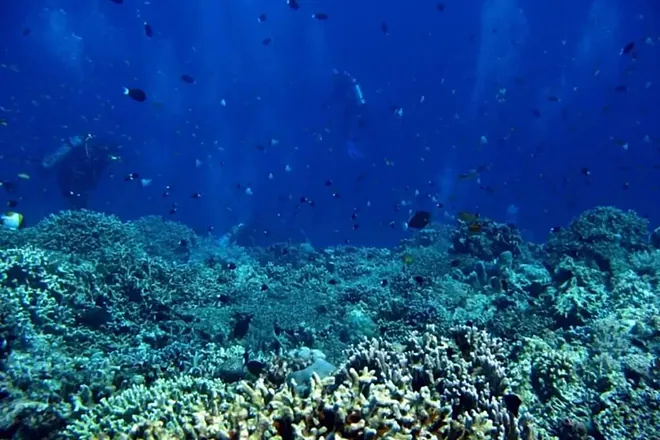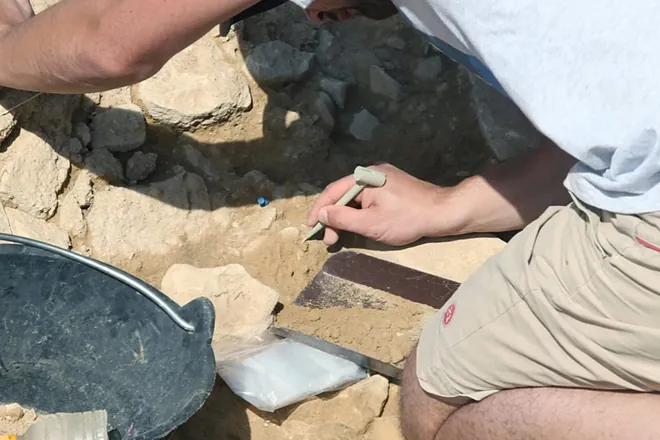The deepest regions of the ocean, long thought to be lifeless deserts, are proving to be far more complex than scientists imagined. A new study published in Nature reveals the discovery of clams and tubeworms that survive by transforming methane into energy through chemosynthesis—a process that could reshape our understanding of deep-sea ecosystems and their link to climate change.

Life in the Hadal Zone
The hadal zone refers to the ocean’s deepest trenches, plunging more than 6,000 meters below the surface. At these extreme depths, sunlight cannot penetrate, and photosynthesis—the primary energy source for most life on Earth—is impossible.
Until recently, scientists believed survival here depended mostly on organic “marine snow” drifting down from above. But the latest findings show that methane itself is being recycled into usable energy for entire communities of organisms.
Chemosynthesis: Turning Gas Into Life
Unlike photosynthesis, where plants harness sunlight, chemosynthesis allows organisms to use chemical reactions for energy. In this case, the animals rely on symbiotic microbes that process methane into forms of nutrition.
The discovery included:
- Clams housing methane-eating bacteria in their gills.
- Tubeworms with internal symbionts that convert methane into usable compounds.
These adaptations make it possible for life to thrive in environments once considered inhospitable.
Climate Connection
Methane is a powerful greenhouse gas, trapping heat more efficiently than carbon dioxide. Scientists are especially interested in how these deep-sea organisms help regulate methane release from the ocean floor.
According to the Nature study, the recycling of methane in hadal ecosystems means these gases are “locked” within biological systems instead of rising to the surface and contributing directly to global warming.
Ecologist Johanna Weston explained the significance:
“The deep ocean is very connected to what happens at the surface. It may be living there quietly and happily, but it’s shaping the climate balance we depend on.”
Why the Discovery Matters
This breakthrough highlights three major implications:
- Expanding the tree of life: Entire ecosystems can exist independent of sunlight, broadening our sense of where life might evolve—even beyond Earth.
- Climate insights: Understanding methane recycling at depth may refine climate models, particularly in predicting how much methane escapes into the atmosphere.
- Conservation urgency: Deep-sea environments are under pressure from mining and drilling. Discovering fragile ecosystems depending on methane emphasizes the need for stronger protections.
A New Chapter in Ocean Science
Each dive into the hadal trenches brings surprises, and these methane-dependent species remind us that Earth’s largest habitat is still largely unexplored. As researchers continue to study the relationship between deep-sea chemistry, climate change, and biodiversity, the ocean’s darkest depths are emerging as key players in the planet’s survival.







